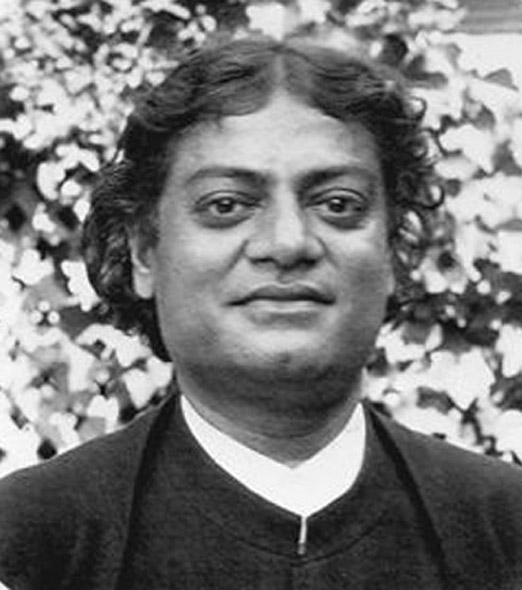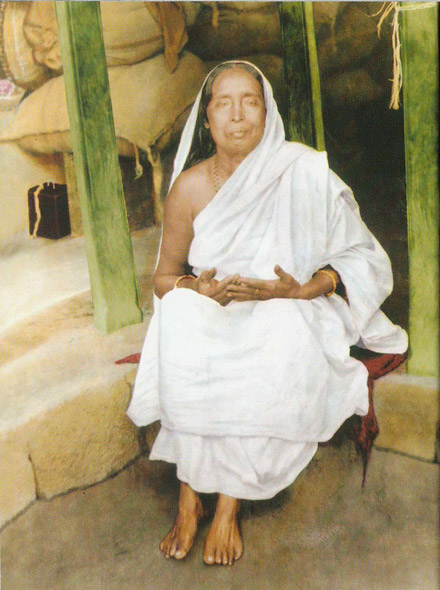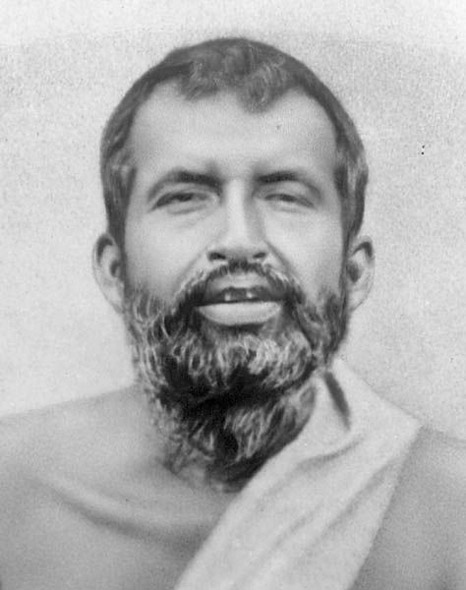disciples of Ramakrishna who were both Swamis and Presidents of the Order
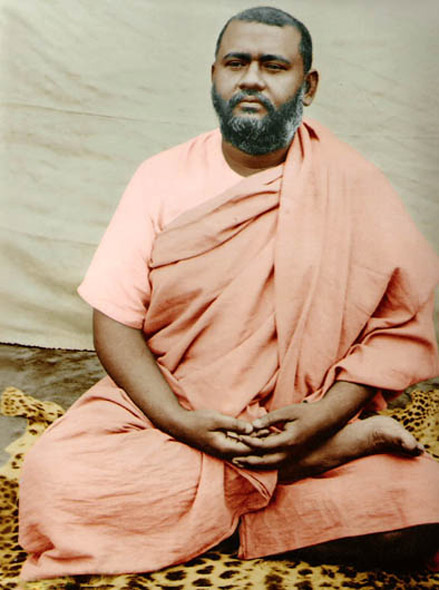
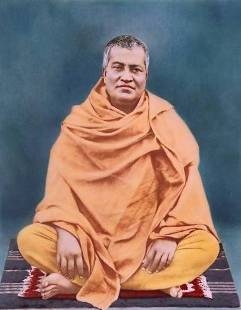
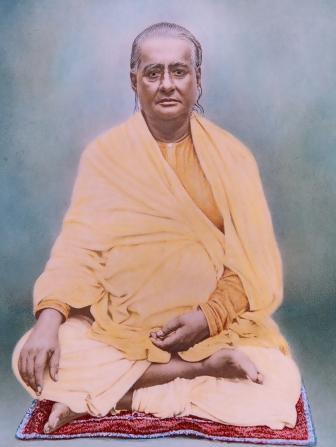
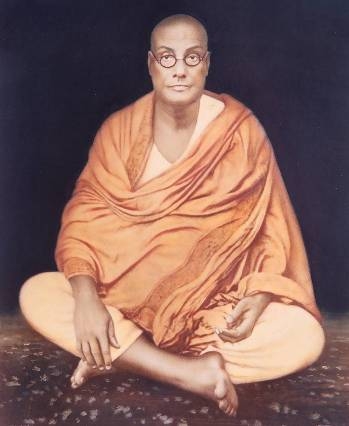
RAKHAL – SWAMI BRAHMANANDA (1863 - 1922) When Swami Vivekananda founded what would later become the Ramakrishna Order and Mission, he immediately entrusted Swami Brahmananda with responsibility of running it—Swami Brahmananda thus became the first President of the Order from 1899 to 1922. A collection entitled The Eternal Companion brings together the memories of those who knew him.
TARAK – SWAMI SHIVÂNANDA (1854 - 1934) President of the Order from 1922 to 1934. He was 26 years of age when he met Ramakrishna.
GANGADHAR – SWAMI AKHANDÂNANDA (1866 - 1937) He met Ramakrishna in 1894 and subsequently led the Mission’s first social and humanitarian project, in 1897. He succeeded Swami Shivananda as President of the Order from 1934 to 1936.
HARI PRASANA – SWAMI VIJNANANANDA (1868 - 1938) President of the Order from 1936 to 1938 and the last direct disciple of Ramakrishna to exercise this function.
disciples of Ramakrishna who were Swamis
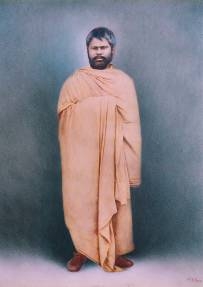
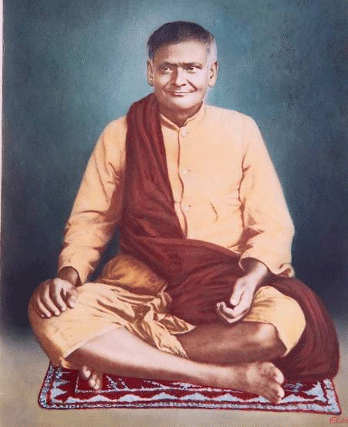
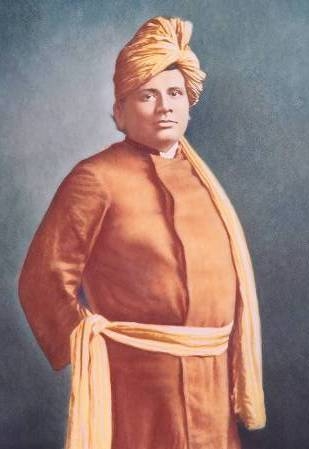
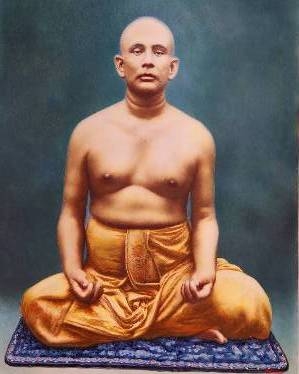
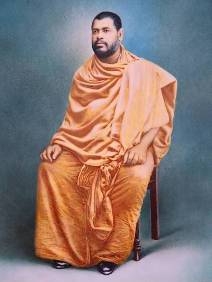
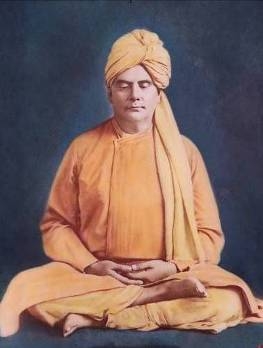
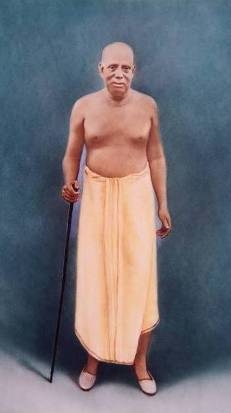
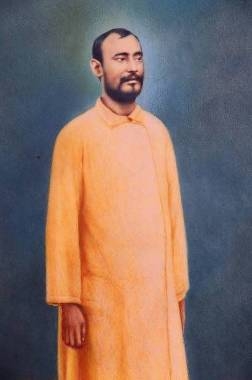
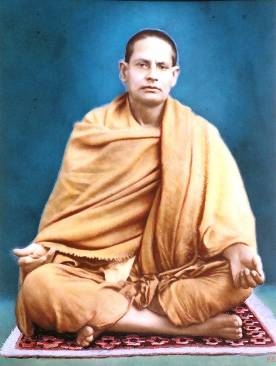
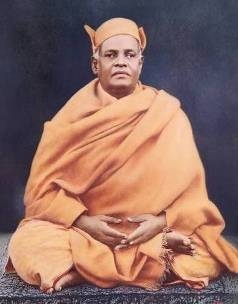
LATU – SWAMI ADBHUTANANDA (? – 1920) An illiterate from a very poor family and orphaned at an early age, Swami Adbhutananda nevertheless developed out of his simplicity a wisdom that enlightened all around him. Though he served Ramakrishna, was a monk and was furthermore esteemed by his fellow monks for his wisdom, Swami Adbhutananda always refused to join the Order or its Management Board. He spent the last eight years of his life in Benares-Varanasi.
SWAMI SUBHODANANDA (1867 - 1932) He met Ramakrishna in 1884, and was loved by all for his child-like character.
SWAMI TRIGUNATITANANDA (1865 - 1915) Born in an aristocratic family, he was a spoiled child, yet also one of the best students in his class. At Ramakrishna’s side he discovered the blessings of service and simplicity. He also, at Swami Vivekananda’s request, ran the spiritual magazine Udbodhan, and was later sent to San Francisco, where he spent the last twelve years of his life. Swami Trigunatitananda established a temple there, The Universal Temple, which has today become a listed monument.
HARI – SWAMI TURIYANANDA (1863 - 1922) Born in a Brahmin family and educated in accordance with Brahmin ideals, Swami Turiyananda was thirteen or fourteen years of age when he met Ramakrishna. He later went on to found an ashram in San Francisco.
SASHI – SWAMI RAMAKRISHNANANDA (1863 - 1911) Swami Ramakrishnananda met Ramakrishna in 1883 and stayed with him until 1897, when he was sent to Madras upon the request of Swami Vivekananda. There, Swami Ramakrishnananda established an orphanage open to children of all castes or races, which is still active today and hosts more than 500 orphans. Swami Ramakrishnananda spent the last years of his life in Kolkata.
KALI – SWAMI ABHEDANANDA (1866 - 1939) A scholar and regular visitor of Ramakrishna, Swami Abhedananda accompanied Swami Vivekananda on is trip to England, and later lived in the United States (New York) from 1897 to 1921. Swami Abhedananda was the last of the direct disciples of Ramakrishna to be initiated in the Order.
GOPAL – SWAMI ADVAITANANDA (1828 – 1909)
SWAMI YOGANANDA (1862 - 1898) Although also a direct disciple of Ramakrishna, Swami Yogananda was initiated into the Order by Sarada Devi.
BABURAM – SWAMI PREMANANDA (1861 - 1918) A man who loved his brothers like a mother loves her children.
SARAT – SWAMI SARADANANDA (1865 - 1927) Born in a well-to-do orthodox Brahmin family, Swami Saradananda met Ramakrishna in 1883. Swami Vivekananda sent him to the United States in 1896 before recalling him two and a half years later to take on the responsibility of the General Secretariat of the Order and Mission of Ramakrishna. Swami Saradananda visited England, France and Italy, where during a stay in Rome, he had an experience during which he felt what the disciples of Jesus had felt. Swami Saradananda also authored a biography of Ramakrishna, entitled: Sri Ramakrishna, the Great Master (or Lila Prasanga as originally entitled in Bengali).
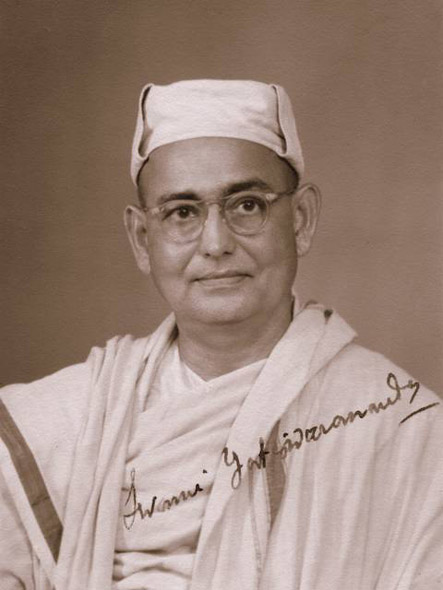 SWAMI YATISWARANANDA (1889 – 1966) Initiated into the Order by Swami Brahmananda, Swami Yatiswarananda is not a direct disciple but deserves mention given the closeness of his connection with the history of the Ramakrishna Mission in France and in Europe from 1933 to 1942. Following an invitation by some European spiritual seekers in 1933, Swami Yatiswarananda first lived and delivered lectures in Wiesbaden and Geneva, and then preached the philosophy of the Vedanta in France, Italy, Holland, England, and Scandinavia.
SWAMI YATISWARANANDA (1889 – 1966) Initiated into the Order by Swami Brahmananda, Swami Yatiswarananda is not a direct disciple but deserves mention given the closeness of his connection with the history of the Ramakrishna Mission in France and in Europe from 1933 to 1942. Following an invitation by some European spiritual seekers in 1933, Swami Yatiswarananda first lived and delivered lectures in Wiesbaden and Geneva, and then preached the philosophy of the Vedanta in France, Italy, Holland, England, and Scandinavia.
the lay disciples
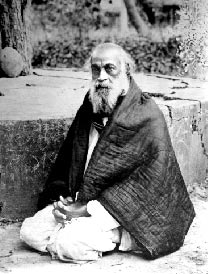
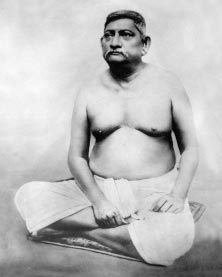 M. – MAHENDRANATH GUPTA (1854 - 1932) Mahendranath Gupta first met Ramakrishna in 1882, in the midst of great despair and suicidal thoughts. He subsequently authored the book Sri Sri Ramakrishna Kathamrita: a transcription of many notes taken during dialogues between Ramakrishna and his visitors. The work gracefully arcs between daily conversations and rare moments, laughter and songs, walks and spiritual revelations, all of which are used to transmit spiritual lessons, often in the form of stories or images.
M. – MAHENDRANATH GUPTA (1854 - 1932) Mahendranath Gupta first met Ramakrishna in 1882, in the midst of great despair and suicidal thoughts. He subsequently authored the book Sri Sri Ramakrishna Kathamrita: a transcription of many notes taken during dialogues between Ramakrishna and his visitors. The work gracefully arcs between daily conversations and rare moments, laughter and songs, walks and spiritual revelations, all of which are used to transmit spiritual lessons, often in the form of stories or images.
GIRISH CHANDRA GHOSH (1844 – 1912) A celebrated and renowned dramatist (father of the modern Bengali theatre) for whom Ramakrishna showed a lot of affection. Although Girish Chandra Ghosh was married with a family, the other disciples of Ramakrishna considered him as a sannyasin—a religious ascetic who has renounced the world and with it any desire for social or family standing.
MATHUR BABU The son-in-law of Rani Rasmani, the donor of the Kali temple in Dakshineswar where, as temple manager, he was the first to witness Ramakrishna’s religious and spiritual experiences, and became his protector.




